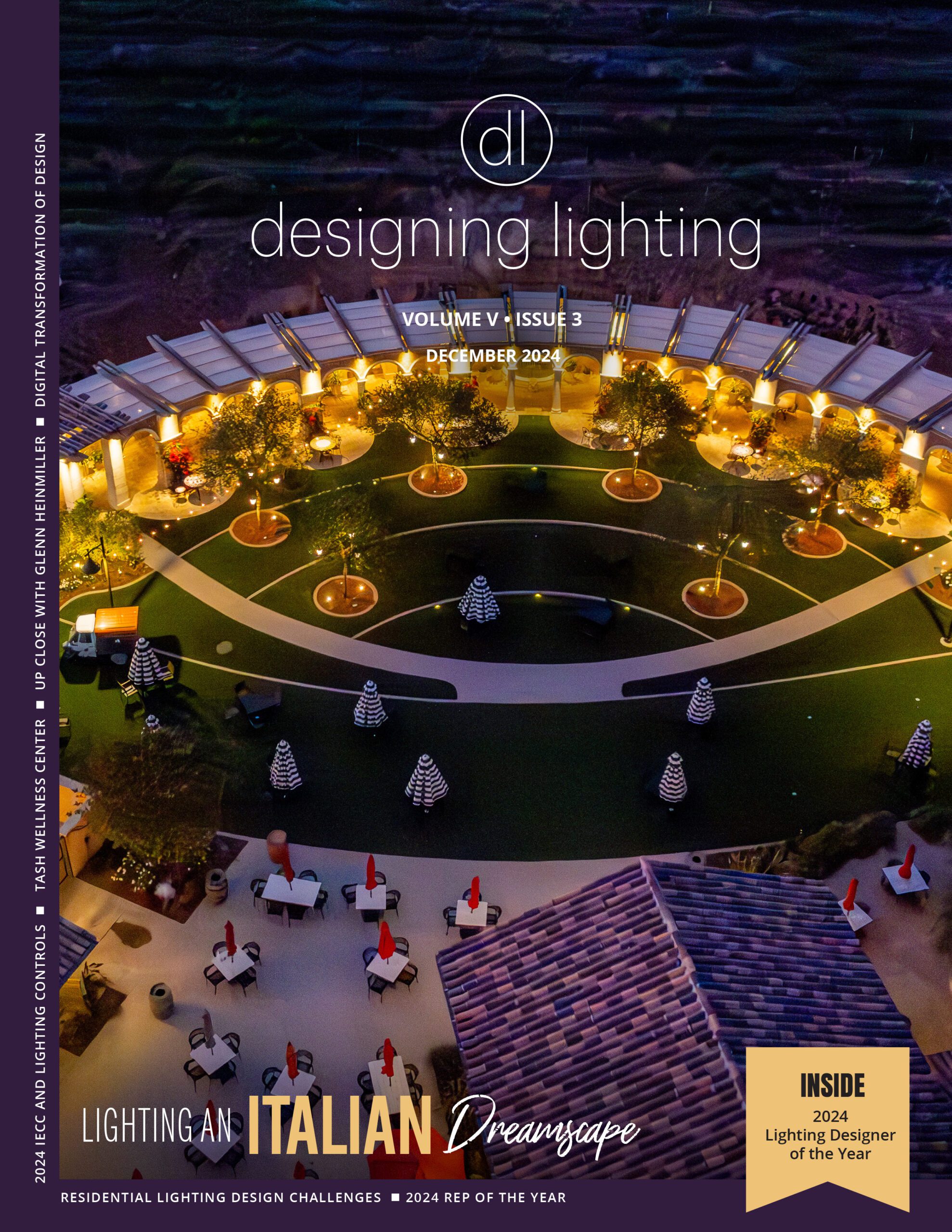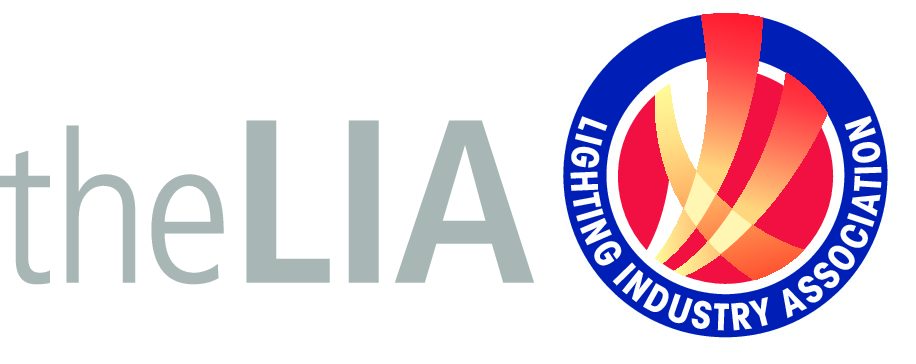The Lighting Industry Association (LIA) is supporting the call to scale up renovation across Europe and working hard to make sure it includes lighting. Renovation is at the heart of the European Green Deal and has been identified as a key driver for the European social and economic recovery post-COVID-19. There cannot and should not be any renovation of buildings in Europe without upgrading the lighting installations. Lighting is essential to making a building more energy efficient but also to ensure an adequate Indoor Environmental Quality (IEQ).
The EU’s political commitment is backed up by financial support also. The Commission proposes to reinforce the EU 2021-2027 budget by making available an additional 750 Billion Euros under the new Next Generation EU financial instrument. Given the relatively labour-intensive nature of renovation and the fact that it matches the “green, digital and resilient” ambition of the Commission recovery package, the document outlining the European Commission’s proposals talks of regulatory and financial support to “at least double the annual renovation rate of existing building stock”. A strategic communication on the Renovation Wave initiative and an action plan with concrete measures to deploy faster and deeper renovation is expected in the autumn.
The EU acknowledges the benefits of renovation: “cutting emissions, reducing energy consumption, and lowering household bills, safer healthier building and improving people’s quality of life. It also acknowledges that an investment in renovation will create jobs and benefit the local economy.”
Some 75% of existing European buildings remain energy inefficient (and were constructed before legislation on building performance was in place). It is estimated that 80% of today’s buildings will still be in use by 2050 and that only 1% (on average) of buildings currently undergo renovations each year.
Lighting contributes to Indoor Environmental Quality
Many perceive Lighting mainly as a driver for energy efficiency. This indeed remains one of the core values for the lighting industry, and the now mostly accomplished transition to LED technology has led to up to 90% savings for European consumers. The implementation of a comprehensive light management system will save 20 to 29 TWh per year as of 2030
(Lot 37 Ecodesign Lighting Systems).
However, the benefits from lighting for the health, well-being, productivity, and safety of people are rarely seen as added value. At best, they come for free as part of the energy savings. These benefits received more attention in 2017, when three biologists were awarded the Nobel Prize for helping to explain how the human circadian rhythm works, including how light affects our daily biological cycle.
With the EU Renovation Wave initiative, the discussion must move beyond energy savings to also address healthier buildings, people’s quality of life and a lower level of inconvenience. We spend 90% of our time indoors and the quality of our indoor environment has a direct and indirect impact on our health, well-being, and productivity.
But so far for most people quality is limited to heating & cooling and ventilation. The importance of good indoor air quality, for instance, is well known. The WHO relates ambient and household air pollution to a high number of premature deaths worldwide, and the term “air quality” is often used in discussions. We can also directly feel the effects of thermal comfort with heating or cooling.
We must look beyond air quality and address all aspects of Indoor Environmental Quality (IEQ): ventilation, cooling, heating, daylight, electric lighting, air-conditioning, dehumidification, plumbing and building automation and controls. The visual impact of lighting can be felt directly, i.e. we can see sufficiently to carry out our task and for orientation. The impact on our body and emotions from lighting is felt more indirectly but has meanwhile been proven in many studies. With good quality lighting employees perform better, students score higher, and it improves the sleep, mood and behaviour of patients suffering from Alzheimer disease.
The LIA recommendations – No renovation without an upgrade of lighting installations
- Focus on non-residential buildings (public and commercial buildings), as already set out in the Energy Performance of Buildings Directive. We believe that public buildings should lead by example.
- Use LED lighting, in combination with controls and sensors. By switching from incandescent lamps to energy efficient LED lamps, it is estimated that Europeans have benefitted from up to 90% savings. Furthermore, these lighting systems, in addition to allowing for large energy savings, also offer significant benefits to the building users as regards their visual comfort, wellbeing, and productivity.
- Prioritise a full renovation of luminaires to include controls and sensors, with a minimum SRI level. “Just relamping” – simple replacement of a lamp –should be avoided. Replacing luminaires or introducing a whole new lighting design should be encouraged as this will lead to greater benefits in terms of energy savings and IEQ.
- The Smart Readiness Indicator (SRI) should be applied across the EU to maximise its energy savings potential and capture all the benefits it can bring to the wellbeing and performance of building occupants. Renovations should lead to a certain minimum SRI score.
- Introduce mandatory minimum requirements on IEQ. Criteria for lighting can be found in EN 12464-1 and should be referenced in the Renovation Wave Initiative.
- Access to public financing should be subject to the fulfilment of certain conditions. An obligation to include lighting renovation to obtain full subsidy should be introduced.
- Conditions to be fulfilled
- Lighting should comply with EN 12464-1.
- Use of controls and sensors, with minimum SRI level:
- For lighting service 1a (occupancy control for indoor lighting), a minimum functionality level of 2 (automatic detection) should be required, as level 2 functionality is simple to implement and is based on established technologies that provide good additional levels of energy saving and user satisfaction as compared to level 1; and
- For lighting service 2 (control artificial lighting power based on daylight levels), a minimum functionality level of 3 (automatic dimming) should be required, as level 3 functionality is simple to implement and is based on established technologies that provide good additional levels of energy saving and user satisfaction as compared to level 2.
For more information, please refer to LightingEurope’s Position Paper on Healthy Buildings, Recommendations on the Renovation Wave Initiative
www.thelia.org.uk



